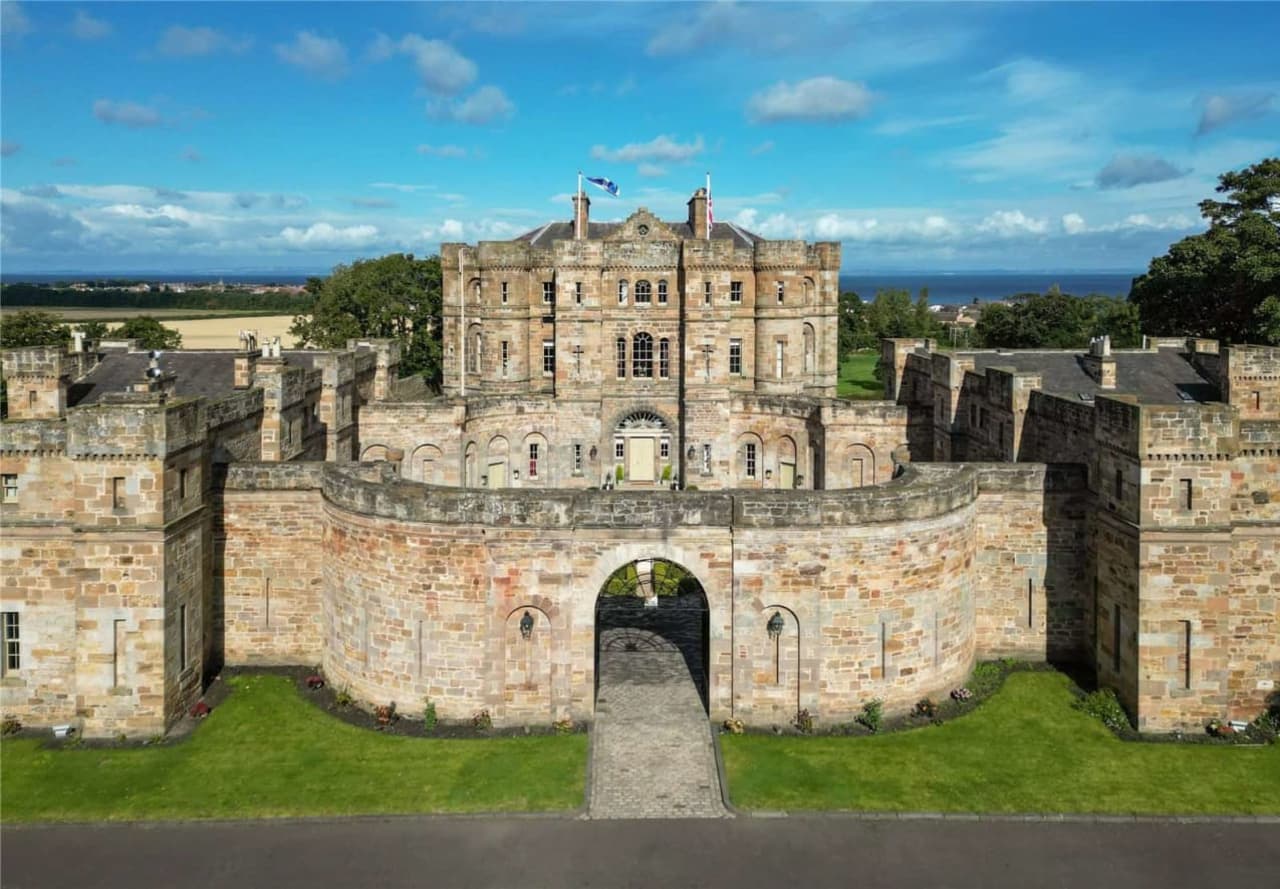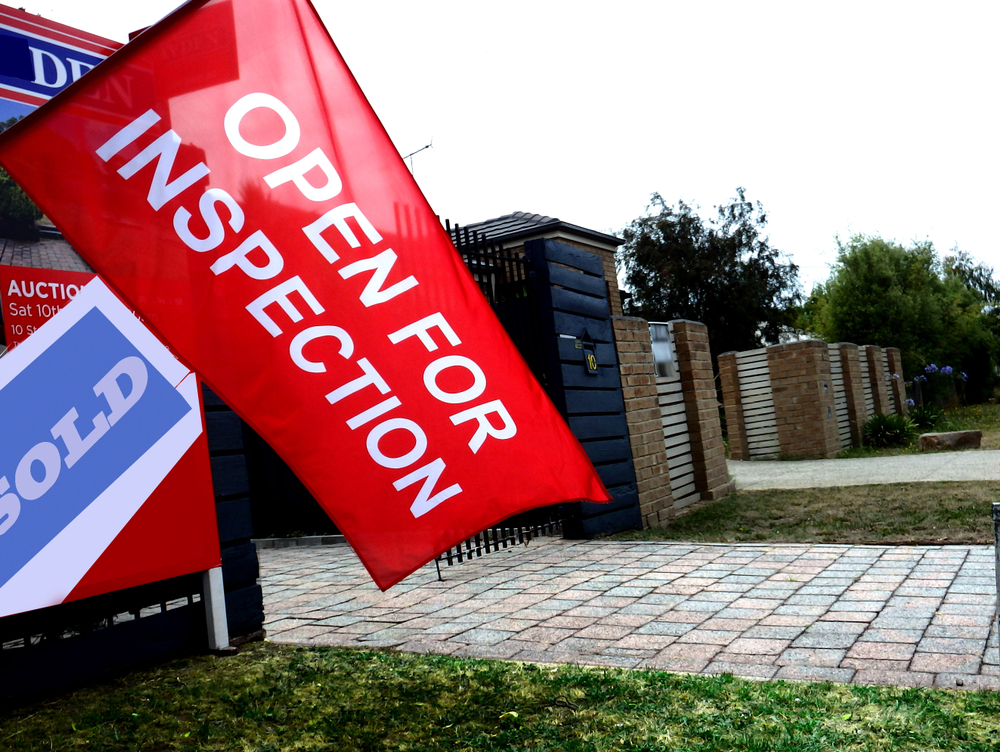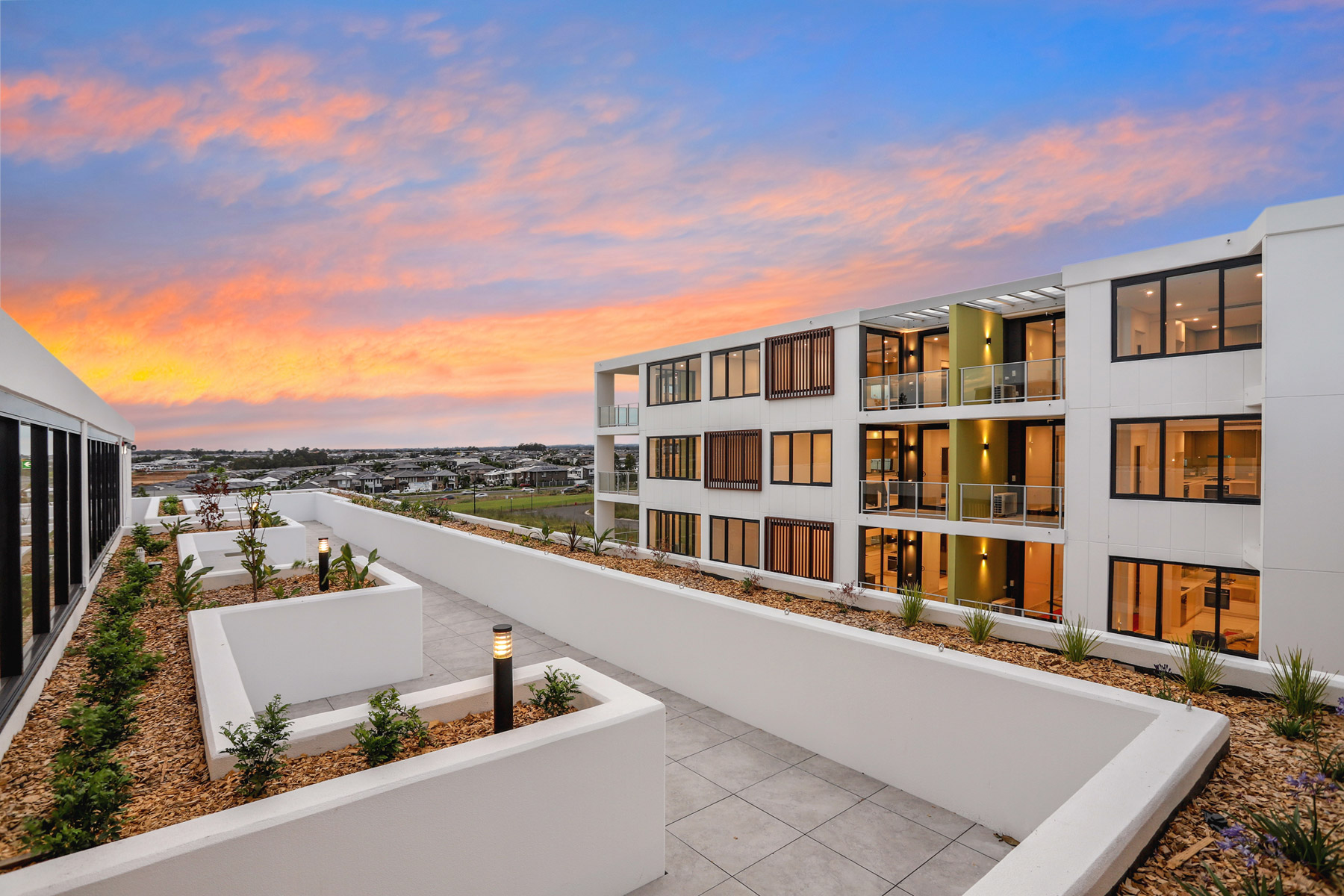Formidable Scottish Castle With Turrets, a Pub and a Helipad Asks £8 Million
An imposing Scottish castle that has only had four owners in its more than 200-year existence has hit the market asking for offers above £8 million (US$10.45 million).
Seton Hall, as it’s known, was built in 1789 by architect Robert Adam using stone from Seton Palace, the since-demolished property that was considered to be Mary Queen of Scots’s preferred retreat, according to Savills, which brought the home to the market last month.
“Seton is an absolutely magical castle—from the moment you approach, to the inner courtyard, to the quality of interior design,” said listing agent Jessica Gwyn.
The castle—roughly 10 miles from Edinburgh—remained in the same family from the late 18th century until 2003, which “served to freeze Seton in a protective time warp,” according to the listing.
Castellated features such as slit windows and turrets can be seen from the outside, and inside “secret staircases, curved doors, curved walls, arched windows and hidden doors add to the charming sophistication of the architecture and design,” the listing said.
But the castle has since been refurbished to meet modern standards, and now also boasts a helipad, a full security system, a gym, a playroom, a silk-lined dining room and a billiards room.
The restoration project saw a team of expert stonemasons rebuild the castle’s many chimneys, turrets and rooftop parapets. Plus, ironwork was restored, the dumbwaiter reinstated and the 10,000-bottle wine cellar was brought back to life, Savills said.
Alongside the seven-bedroom home that forms the core of the castle, there are additional residences across the property, including Darnley Cottage and Bothwell Cottage—named after Mary Queen of Scots’s husbands.
The castle’s stables have been refurbished, too, and are adjacent to the “Stable Bar,” the castle’s private pub.
The owner—who Mansion Global couldn’t identify—“feels their time as custodian of this outstanding building has come to a natural conclusion and it is time for this historic home to be loved and cared for by someone else,” Gwyn said.
This article first appeared on Mansion Global
 Copyright 2020, Dow Jones & Company, Inc. All Rights Reserved Worldwide. LEARN MORE
Copyright 2020, Dow Jones & Company, Inc. All Rights Reserved Worldwide. LEARN MORE
A divide has opened in the tech job market between those with artificial-intelligence skills and everyone else.
A 30-metre masterpiece unveiled in Monaco brings Lamborghini’s supercar drama to the high seas, powered by 7,600 horsepower and unmistakable Italian design.
Buyer demand, seller confidence and the First Home Guarantee Scheme are setting up a frantic spring, with activity likely to run through Christmas.
The spring property market is shaping up as the most active in recent memory, according to property experts Two Red Shoes.
Mortgage brokers Rebecca Jarrett-Dalton and Brett Sutton point to a potent mix of pent-up buyer demand, robust seller confidence and the First Home Guarantee Scheme as catalysts for a sustained run.
“We’re seeing an unprecedented level of activity, with high auction numbers already a clear indicator of the market’s trajectory,” said Sutton. “Last week, Sydney saw its second-highest number of auctions for the year. This kind of volume, even before the new First Home Guarantee Scheme (FHGS) changes take effect, signals a powerful market run.”
Rebecca Jarrett-Dalton added a note of caution. “While inquiries are at an all-time high, the big question is whether we will have enough stock to meet this demand. The market is incredibly hot, and this could lead to a highly competitive environment for buyers, with many homes selling for hundreds of thousands above their reserve.”
“With listings not keeping pace with buyer demand, buyers are needing to compromise faster and bid harder.”
Two Red Shoes identifies several spring trends. The First Home Guarantee Scheme is expected to unlock a wave of first-time buyers by enabling eligible purchasers to enter with deposits as low as 5 per cent. The firm notes this supports entry and reduces rent leakage, but it is a demand-side fix that risks pushing prices higher around the relevant caps.
Buyer behaviour is shifting toward flexibility. With competition intense, purchasers are prioritising what they can afford over ideal suburb or land size. Two Red Shoes expects the common first-home target price to rise to between $1 and $1.2 million over the next six months.
Affordable corridors are drawing attention. The team highlights Hawkesbury, Claremont Meadows and growth areas such as Austral, with Glenbrook in the Lower Blue Mountains posting standout results. Preliminary Sydney auction clearance rates are holding above 70 per cent despite increased listings, underscoring the depth of demand.
The heat is not without friction. Reports of gazumping have risen, including instances where contract statements were withheld while agents continued to receive offers, reflecting the pressure on buyers in fast-moving campaigns.
Rates are steady, yet some banks are quietly trimming variable and fixed products. Many borrowers are maintaining higher repayments to accelerate principal reduction. “We’re also seeing a strong trend in rent-vesting, where owner-occupiers are investing in a property with the eventual goal of moving into it,” said Jarrett-Dalton.
“This is a smart strategy for safeguarding one’s future in this competitive market, where all signs point to an exceptionally busy and action-packed season.”
Two Red Shoes expects momentum to carry through the holiday period and into the new year, with competition remaining elevated while stock lags demand.
Micro-needling promises glow and firmness, but timing can make all the difference.
Ophora Tallawong has launched its final release of quality apartments priced under $700,000.
























